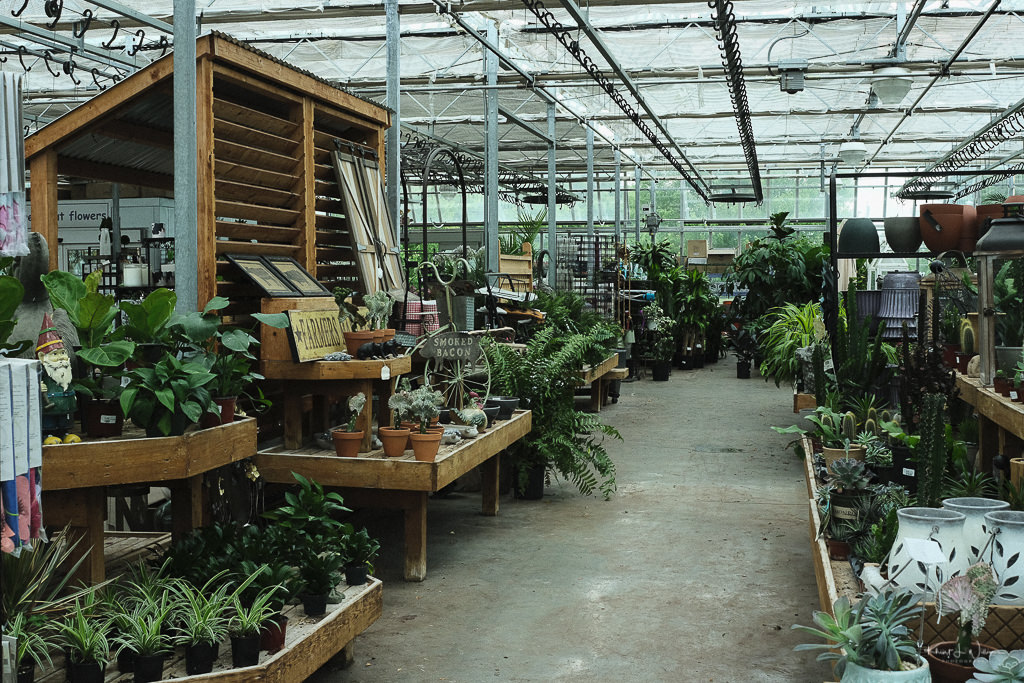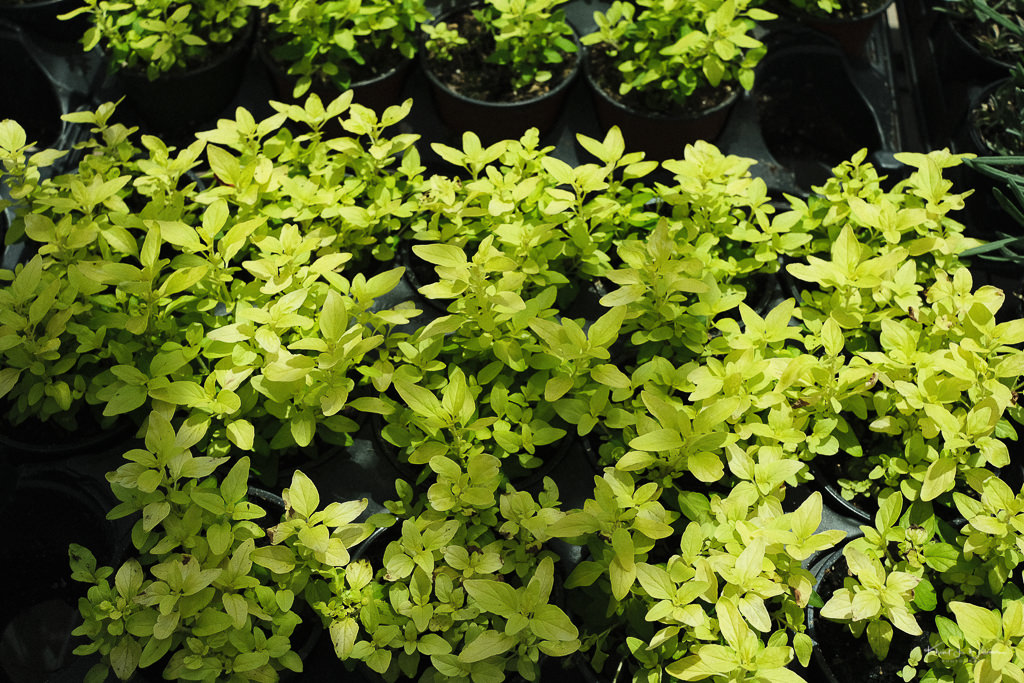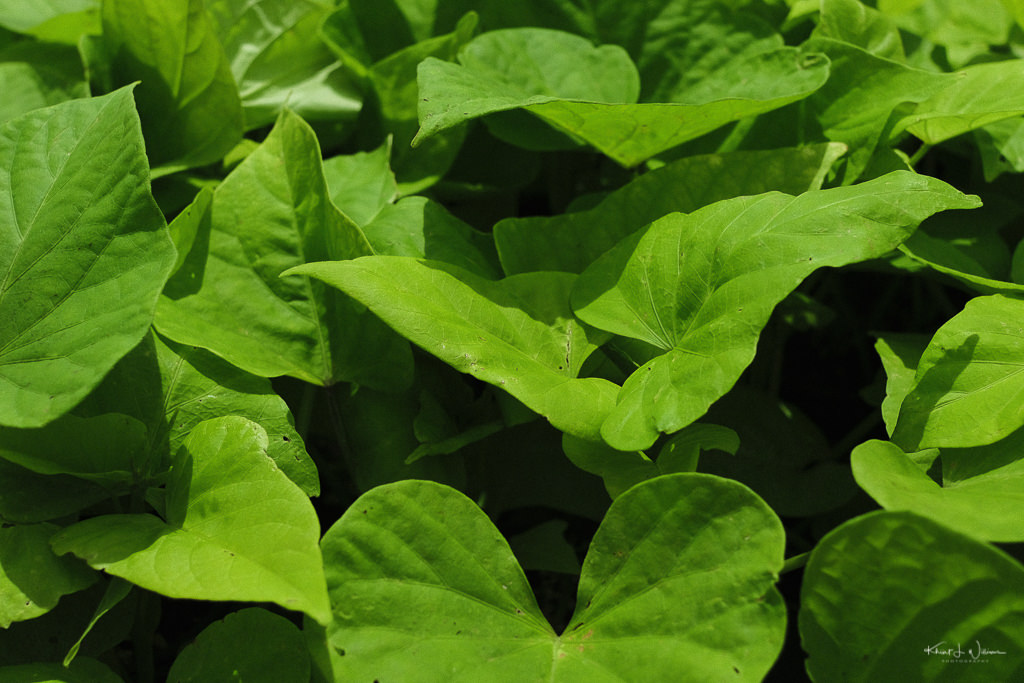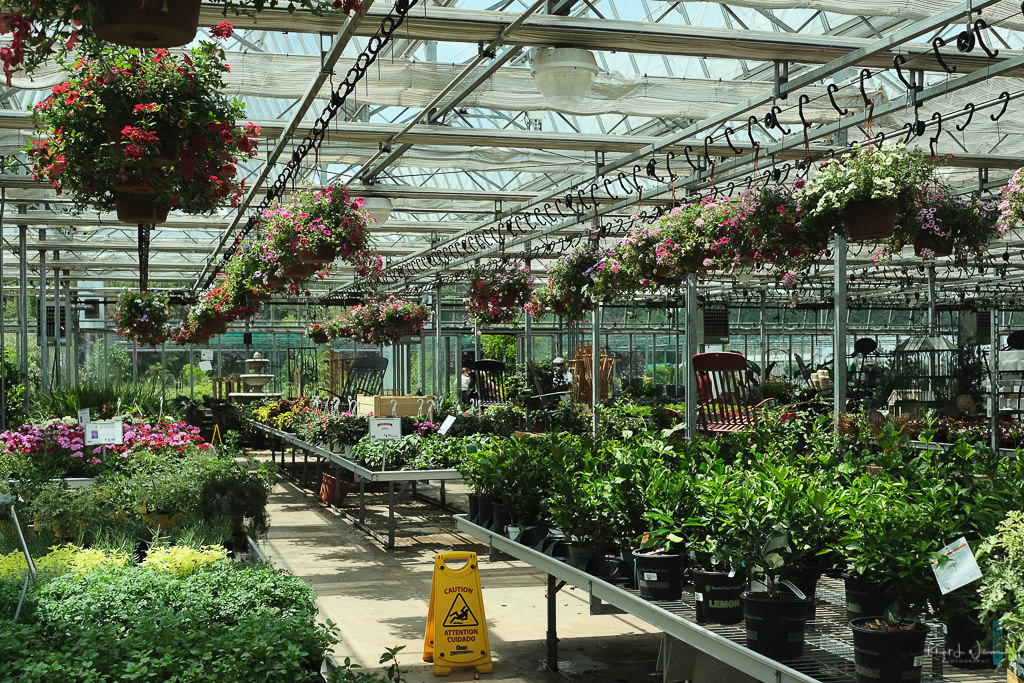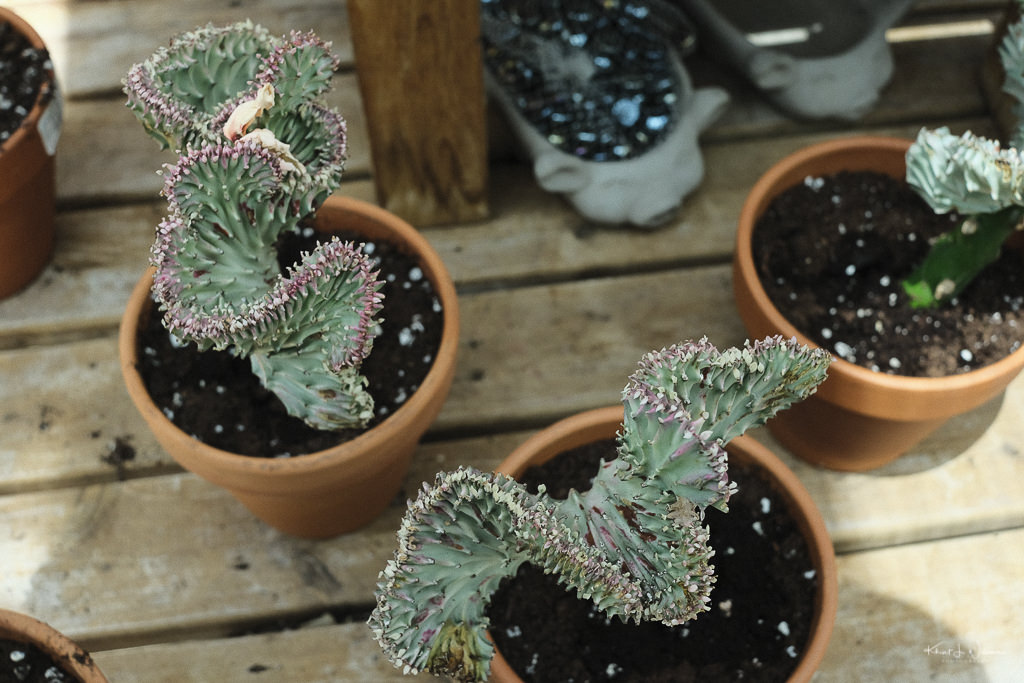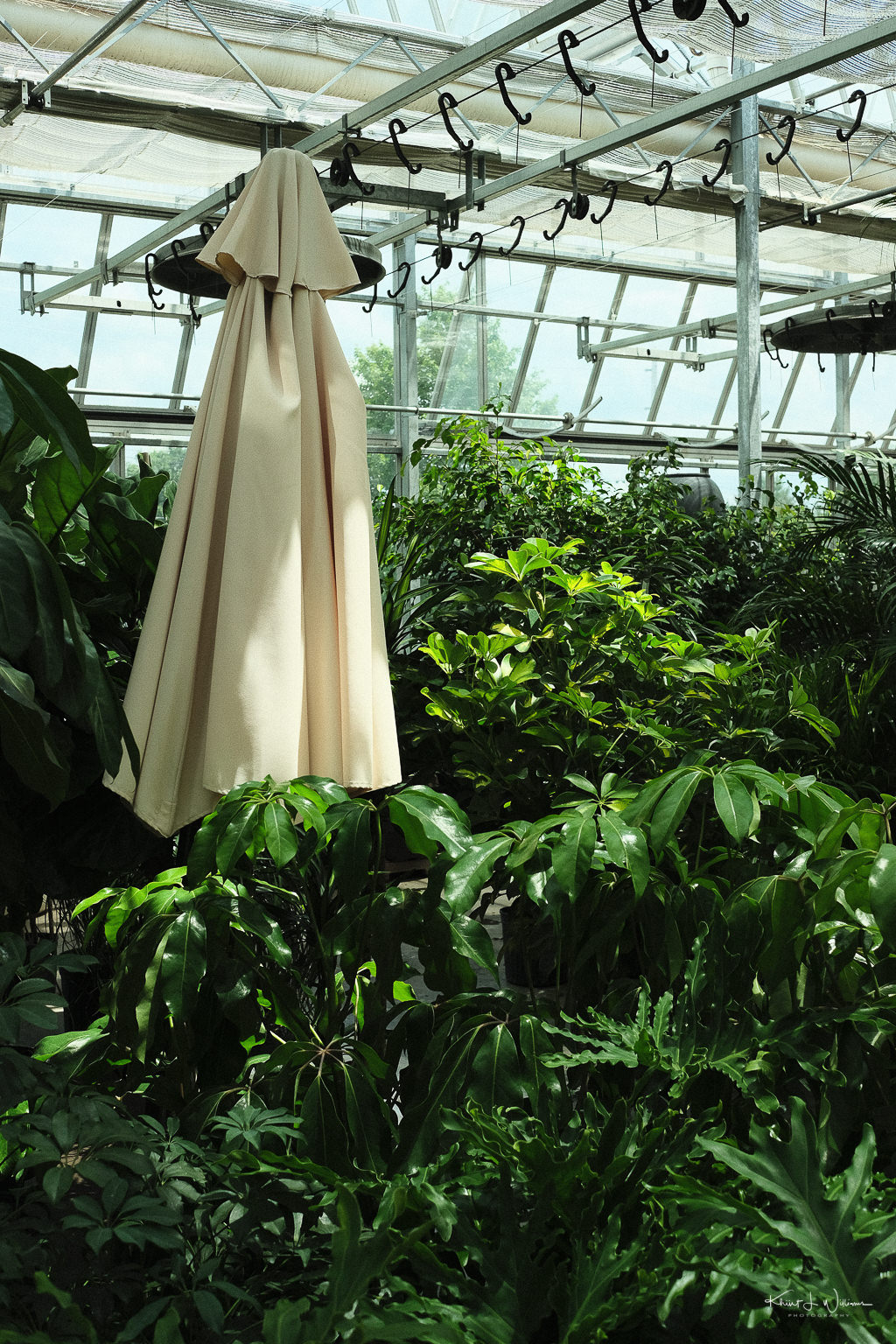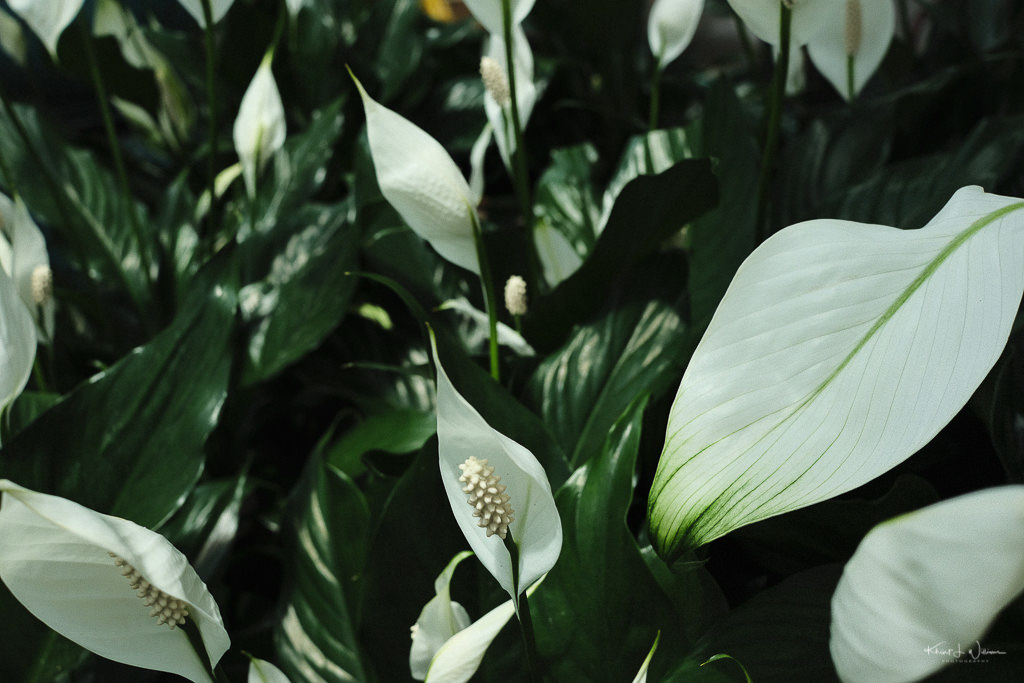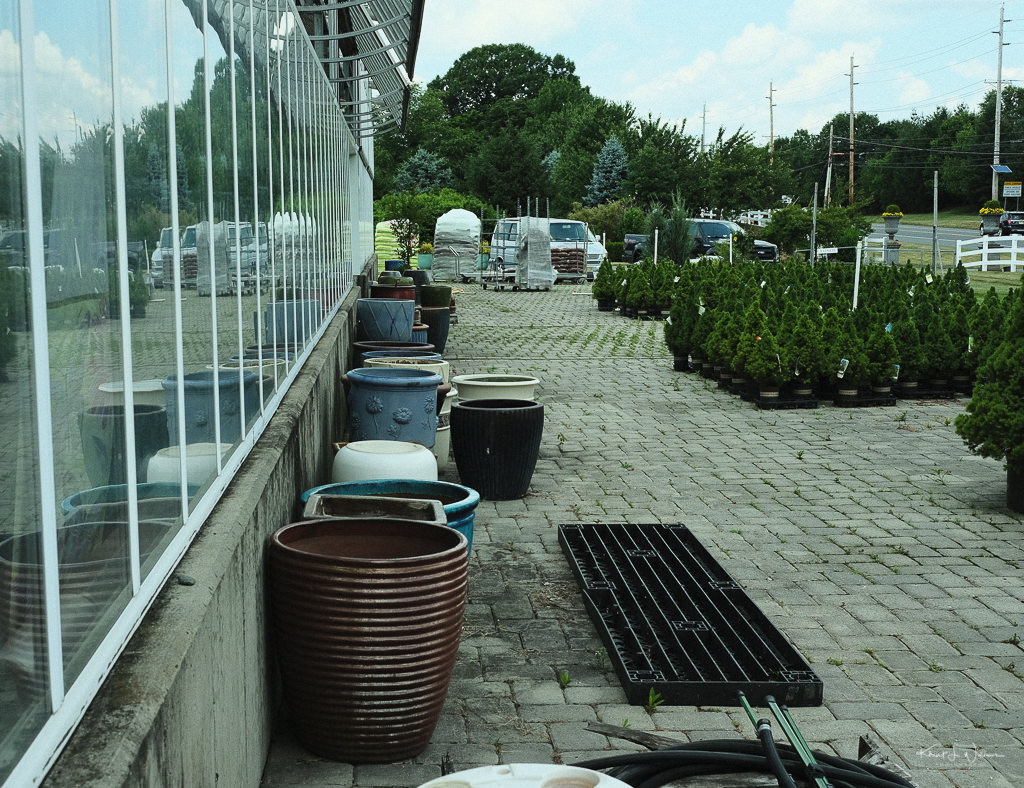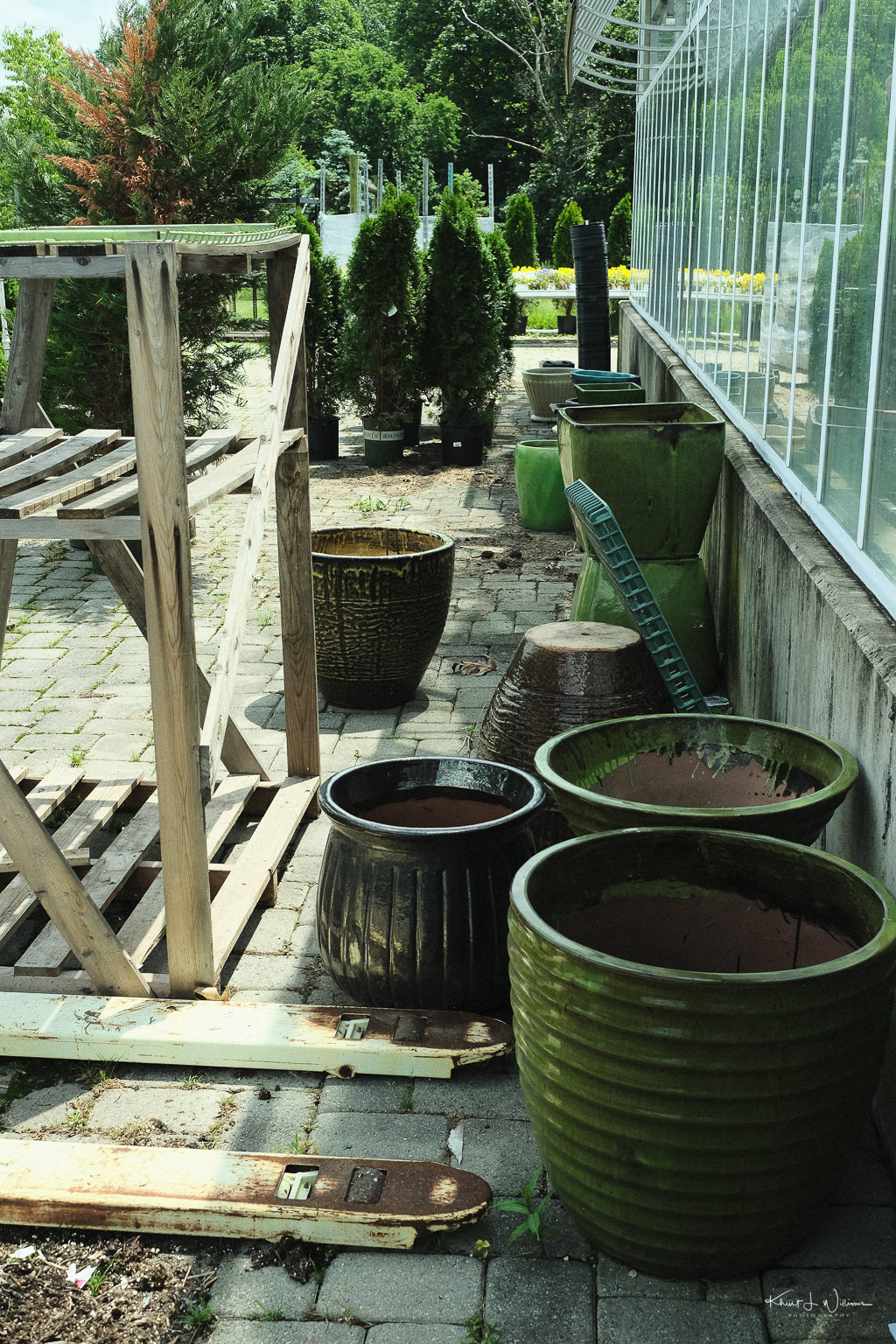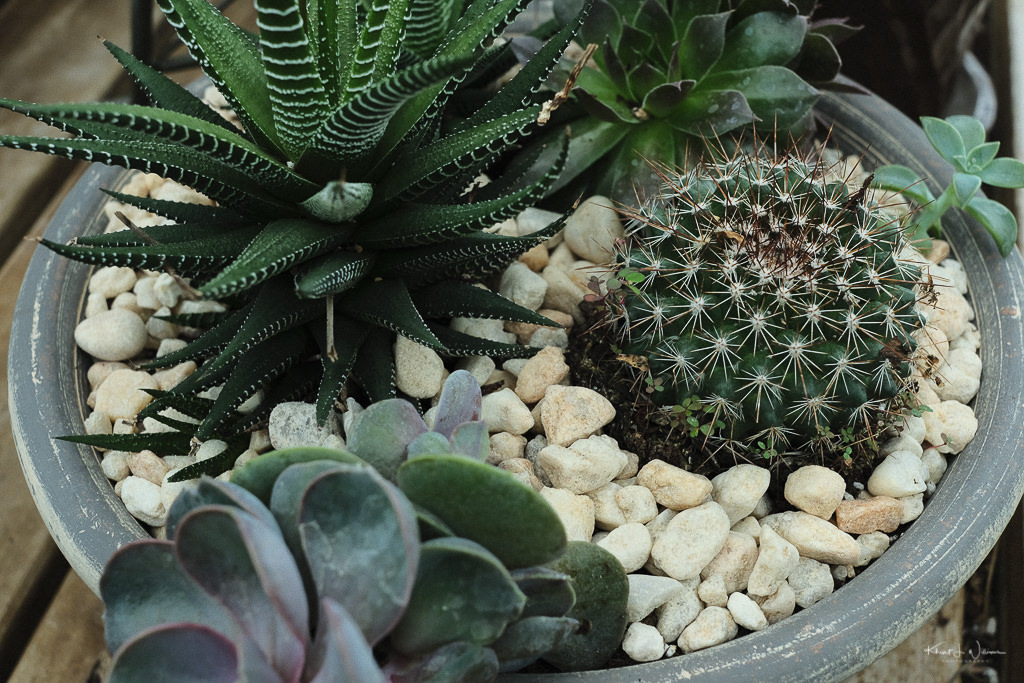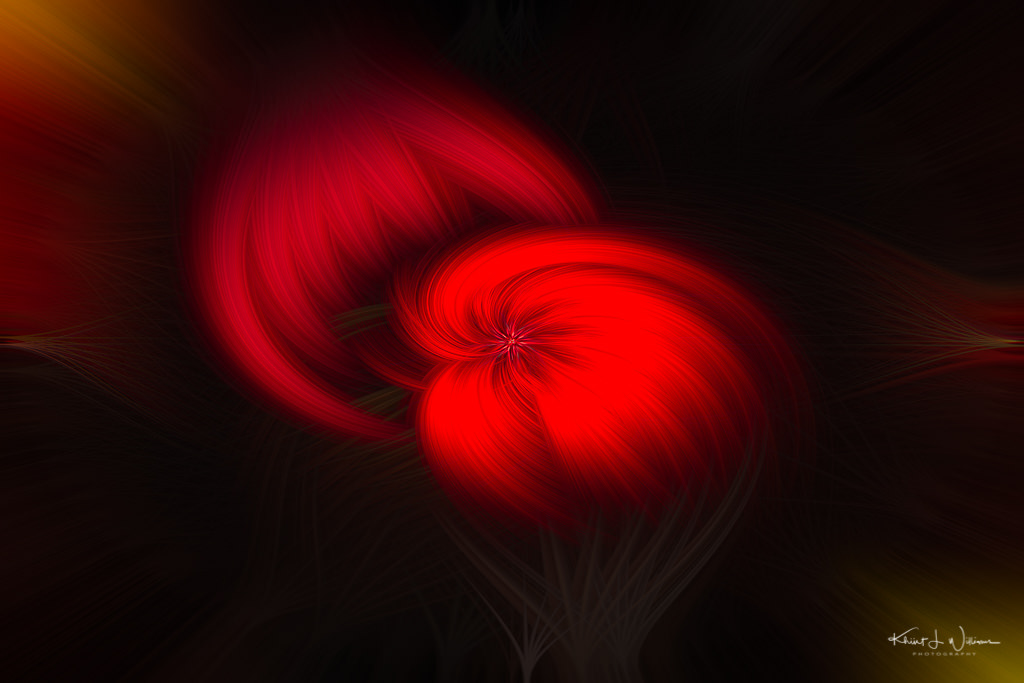For the ninth episode of the Film Simulation Challenge, I chose Ritchie's Fujicolor Superia 800 Simulation Recipe. The goal of the challenge is to use the same settings for 24 or 36 exposures to simulate shooting a roll of film. Ritchie's intention for this particular film simulation recipe is to imitate the look of Fujicolor Pro 400H film.
I've never used this film, so I'll let Ritchie give you his overview of Fujicolor Superia 800 film.
Fujicolor Pro 800Z was a good indoor portrait film. It had muted colors, low contrast, a very slight yellow cast, accurate skin tones, and fine grain (for ISO 800 film). It was quite popular among wedding and event photographers. For low-light pictures of people, it was the best option. I used it a few times.
Fujicolor Superia 800 was a better film choice for things other than portraits. Of the two films, it had more color saturation, more contrast, a green cast, less accurate skin tones and more grain. It was the more bold, gritty, punchy choice of the two. Not that it was particularly wild (because it wasn’t), but Pro 800Z, while it could be beautiful, was especially bland (which is why it was good for pictures of people). I used Superia 800 a lot more frequently than Pro 800Z.
I wanted to imitate the feeling of shooting a roll of film. I photographed all of the images at f/5.6 and ISO800. At that ISO and aperture, I was able to keep my shutter speed enough to ensure I got sharp photos.
The photographs below are all straight-out-of-camera JPEGs captured using my Fujifilm X-T2, Fujinon XF27mmF2.8 at the Blooms at Belle Mead Garden Center in Montgomery Township which has a large greenhouse, with sunlight filtering through a white taupe. I photographed these images on the same day I shot pictures for the Fujifilm Film Simulation Challenge Roll 7: Fujicolor Pro 400H.
I need to experiment more with this particular film simulation and perhaps try an actual roll of Fujicolor Superia 800 in my Pentax ES II. The photographs below are all straight-out-of-camera JPEGs captured using my Fujifilm X-T2, Fujinon XF27mmF2.8. If you want to see my RAW edits, I have another blog post detailing my trip.
I love how this film simulation recipe renders the greens in the foliage. I think I will test out this recipe on my next hike.
